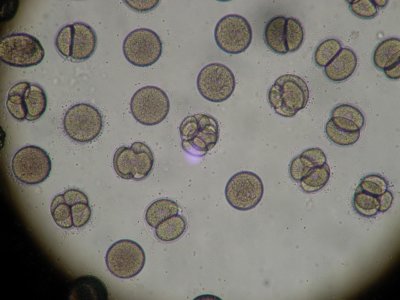The study of viruses once challenged the world’s notion of what is “biological,” and for a time it was unclear whether viruses were regulated by the Biological Weapons Convention (BWC).
Lying “at the edge of life,” viruses likely were not banned as a biological weapon until they were defined as a biological agent in 1969, more than 40 years after the first multilateral treaty prohibited biological warfare. Viruses infect their hosts by multiplying through living cells, many spreading disease from one person to another, like the current novel coronavirus causes COVID-19. While today viruses are considered to be an infectious biological agent and are categorically banned as a method of warfare, some types of synthetic biology (SynBio) may pose a similar dilemma and yet may not be covered by the same restrictions.
SynBio includes a host of technologies used to redesign organisms by engineering them to have new properties or abilities, or to use nonbiological materials that mimic biological effects, called biomimetics. While Article I of the BWC codifies the customary law prohibition against weaponizing biological material or pathogens, the agreement does not necessarily cover the development or employment of biomimetics, a dangerous subclass of SynBio. Such material may be weaponized into nonbiological agents that alter biological organisms, challenging the very definition of “biological material.” This scientific uncertainty has opened a lacunae in the law, and it is unclear whether the member states of the BWC can close it.
By Durward Johnson, James Kraska
Read the entire article on Lawfare.com
